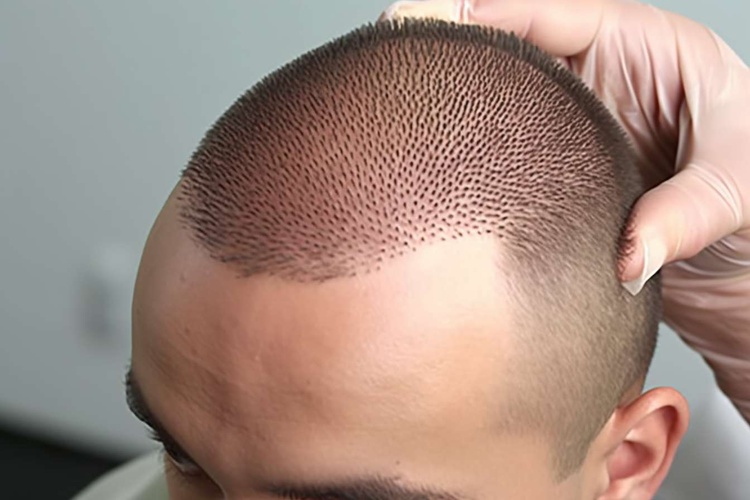"Decoding the Phenomena of Grounding: Health Benefits and Scientific Perspectives"
Barefoot on the beach, toes sinking into the earth - an instinctive practice that transcends cultures and centuries. But did you know that this simple act of "grounding" or "earthing" has a profound impact on our health? Let's dive into the fascinating world of grounding and uncover its health benefits and scientific backing.

The Genesis of Grounding
The concept of grounding, also known as earthing, has been integral to human civilization for centuries. Indigenous cultures worldwide have long recognized the healing potential of the Earth’s energy. However, the scientific exploration of grounding is a recent development. In the late 20th century, Clinton Ober, a pioneer in the field, began investigating the health benefits of grounding. His work, backed by numerous studies, suggests that direct contact with the Earth’s surface can promote well-being and alleviate health issues.
The Science behind Grounding
The grounding theory is based on the Earth’s negative charge, which can neutralize free radicals in the human body. When we make direct contact with the Earth’s surface, we absorb its electrons, which can neutralize free radicals and reduce inflammation, oxidative stress, and other health complications. A 2012 study published in the Journal of Environmental and Public Health showed that grounding could improve sleep, reduce pain, and decrease stress.
Grounding in Practice
Grounding is as simple as it sounds - it involves making direct contact with the Earth’s surface. Walking barefoot on grass, sand, or soil, sitting on the ground, or sleeping on specially designed grounding products can all provide the benefits of grounding. However, it’s essential to note that not all surfaces are conductive. Concrete, asphalt, and wood, for example, do not allow the Earth’s electrons to pass through.
Potential Health Benefits and Challenges
Grounding offers a myriad of potential health benefits, including improved sleep, reduced stress, and decreased inflammation. Additionally, it may enhance cardiovascular health, as a 2013 study published in The Journal of Alternative and Complementary Medicine found that grounding could reduce blood viscosity, a risk factor for heart disease.
However, grounding also faces skepticism and challenges. Critics argue that more rigorous, large-scale studies are needed to confirm its benefits. Additionally, urban lifestyles and modern infrastructures make regular grounding difficult for many people.
Grounding: Quick Facts and Tips
-
Grounding’s potential benefits include improved sleep, reduced stress, and decreased inflammation.
-
Grounding is most effective on conductive surfaces like grass, sand, and soil.
-
Grounding products, such as mats and sheets, can facilitate indoor grounding.
-
Grounding is safe, but individuals with electrical sensitivities should take precautions.
In conclusion, grounding is an intriguing wellness practice with promising potential benefits. While more research is needed, current studies suggest that this age-old practice can improve health and well-being. By reconnecting with nature and harnessing the Earth’s energy, we might find a simple, profound way to enhance our health.




